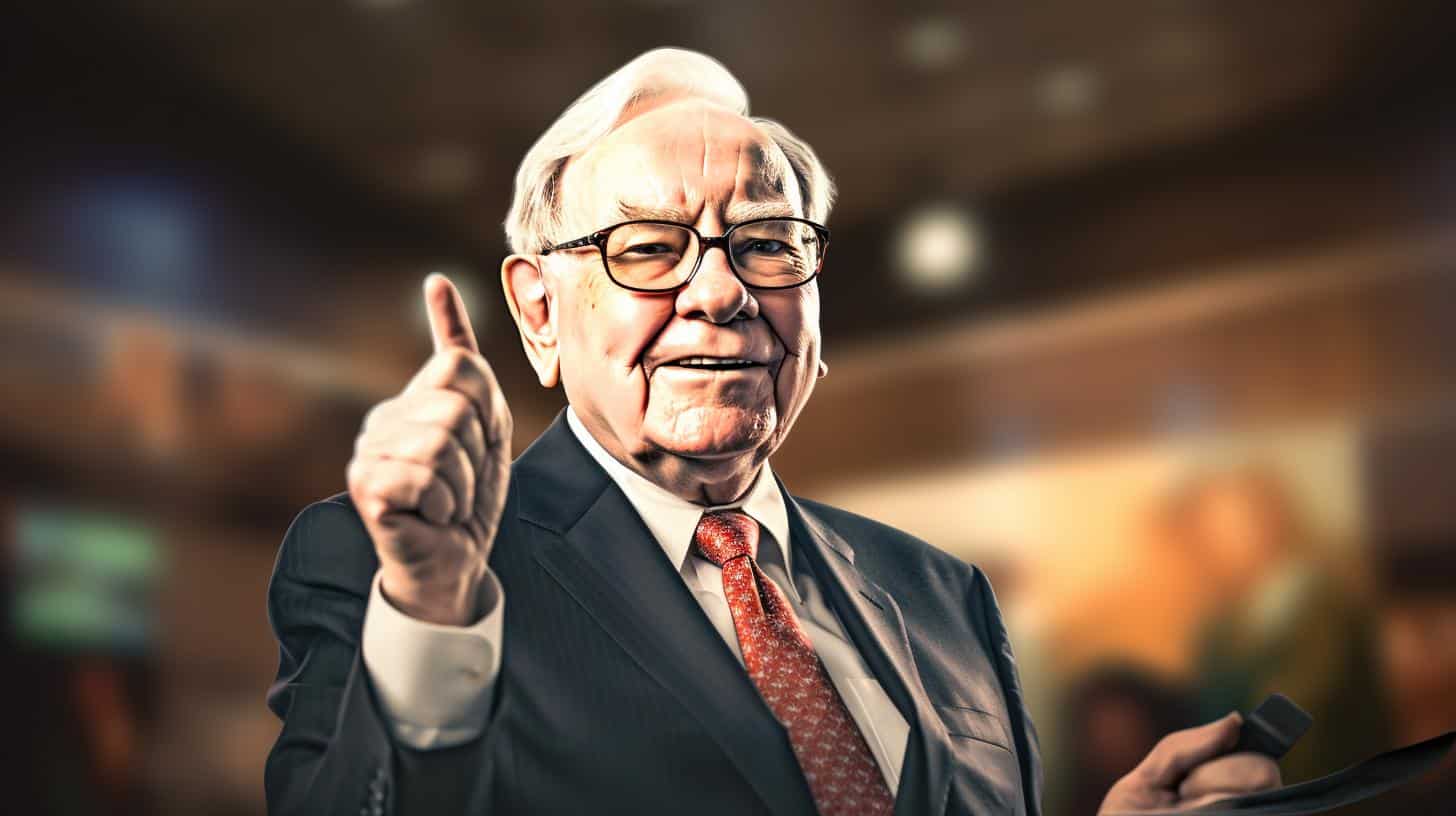Late-Night Television Faces Intensified Scrutiny and Uncertainty
Late-night television programming is confronting renewed challenges as major shows face cancellations and suspensions, generating concern among advertisers and media companies. The recent removal of “The Late Show with Stephen Colbert” and the temporary suspension of “Jimmy Kimmel Live!” have cast a spotlight on the fragility of this segment amid declining ratings and political tensions. President Donald Trump has openly criticized these developments, further escalating uncertainty by threatening additional late-night hosts on NBC, including Jimmy Fallon and Seth Meyers. This political pressure compounds existing industry difficulties, placing the late-night advertising market under significant strain.
Implications for Advertisers and Live TV Ecosystem
Live television remains a critical platform for advertisers aiming to engage audiences in real time. As Kevin Krim, CEO of ad data firm EDO, notes, live programming such as sports, nightly news, and late-night talk shows constitute the key live moments for media companies and advertisers alike. The suspension of “Jimmy Kimmel Live!” resulted in over 20% of the U.S. market missing the show for several days, representing a significant lost opportunity for advertisers. Meanwhile, the upcoming conclusion of Colbert’s show leaves a prominent late-night timeslot vacant, with no clear replacement plans announced by CBS’s parent company, Paramount.
“To the people who think late night doesn’t matter, they’re not thinking about the economics and the goals and the incentives of both the advertisers and the media companies. They’re ignoring some of the strategic value of the ecosystem,” said Kevin Krim.
Late-Night Viewership Declines but Retains Strategic Value
While traditional TV audiences have declined as viewers migrate to streaming platforms, live content, including late-night talk shows, continues to command relatively high engagement. This makes late-night slots attractive to advertisers targeting a consistent and intentional audience. Julie Clark, senior vice president at TransUnion, highlights that although late-night shows no longer draw mass audiences, they reach a dedicated community, providing value beyond sheer scale. Shows like “Jimmy Kimmel Live!” rank among ABC’s top advertising vehicles, delivering billions of national TV impressions annually.
- Late-night comedy broadcasts generate significant ad impact, requiring fewer ad spots to achieve reach compared to other programming.
- Brands launching new products still rely heavily on live TV commercials for effectiveness.
- Advertisers are beginning to reduce spending due to economic headwinds and rising costs.
Financial Constraints and Political Pressures Shape Industry Decisions
Media companies are increasingly prioritizing streaming services and live sports rights, which guarantee large audiences and revenue. The traditional profitability of late-night and daytime talk shows has diminished amid rising production costs and declining ratings. Paramount’s decision to end Colbert’s show was explicitly framed as a financial move amid a challenging late-night landscape. Meanwhile, Disney’s ABC faced regulatory and political pressure following the suspension of “Jimmy Kimmel Live!” and threats from the FCC and the Trump administration concerning broadcast content. High-profile legal settlements involving major networks have also intensified scrutiny. ABC paid $15 million to settle a defamation lawsuit linked to Trump, and Paramount agreed to a $16 million settlement over a controversial interview edit, underscoring the fraught relationship between media companies and political forces.
“Late-night TV and daytime morning shows used to be two of the most profitable areas of TV… But ratings have declined so it’s less profitable – and hosts still want a lot of money,” said Jonathan Miller, CEO of Integrated Media.
FinOracleAI — Market View
The late-night television sector is under growing pressure from political, financial, and industry shifts. Advertisers reliant on live TV for impactful engagement face a shrinking inventory of reliable programming as flagship shows are canceled or suspended. Media companies are pivoting toward streaming and sports content, where audience scale and profitability remain more secure.
- Opportunities: Strategic use of remaining live programming slots to target engaged audiences; potential growth in streaming-advertising synergy.
- Risks: Reduced late-night programming reduces advertising inventory; political interference could further disrupt content availability and advertiser confidence.
- Market Dynamics: Rising production costs and legal challenges may accelerate shifts away from traditional late-night formats.
Impact: The confluence of political threats and industry realignment signals a cautious environment for advertisers dependent on late-night TV, likely prompting shifts in ad spend toward more stable live content and digital platforms.













